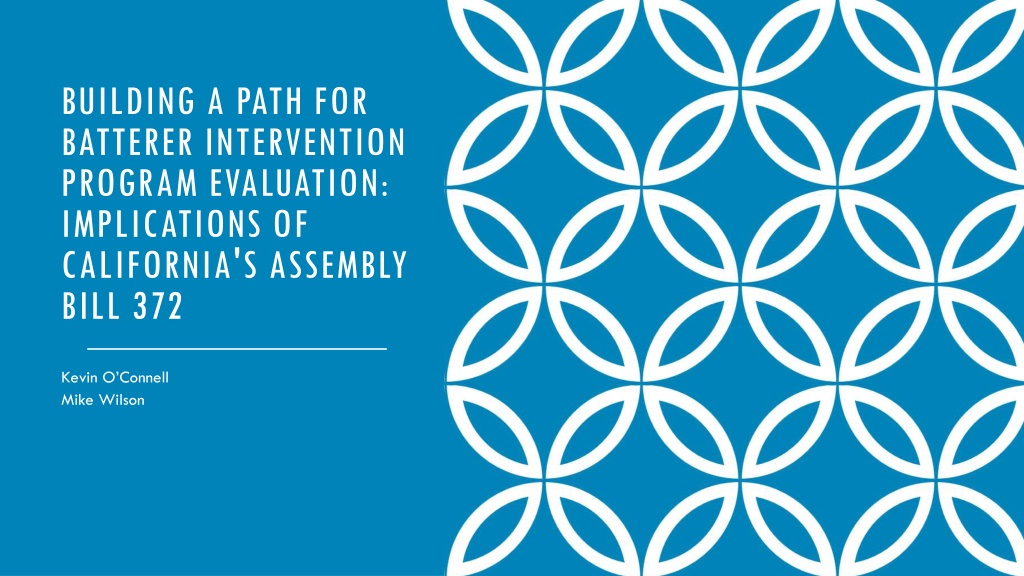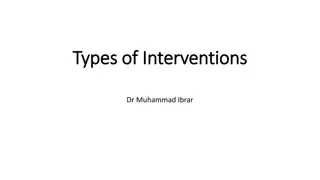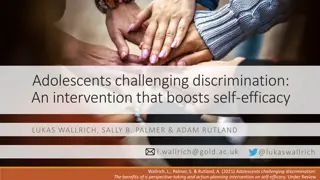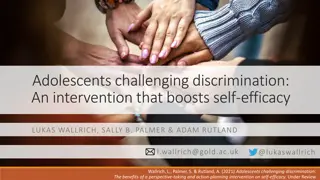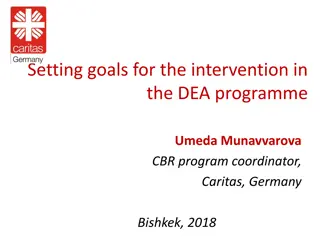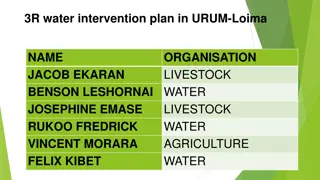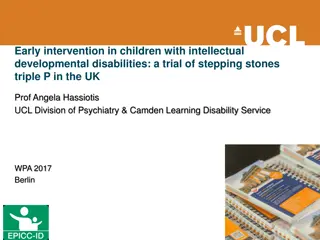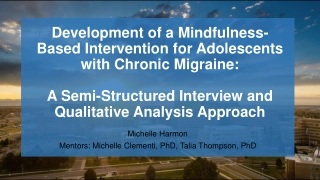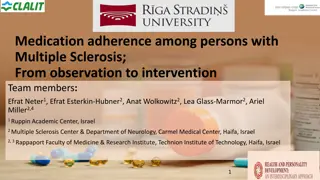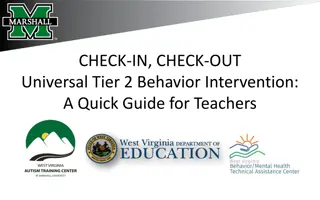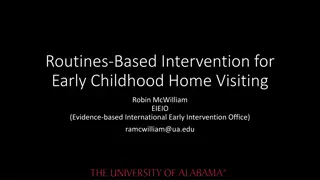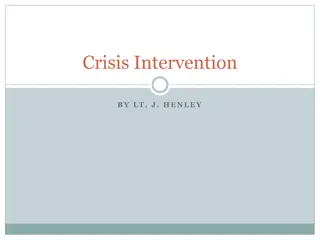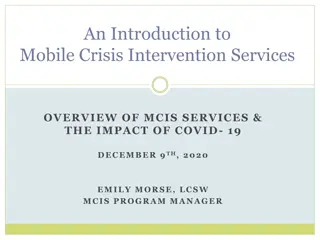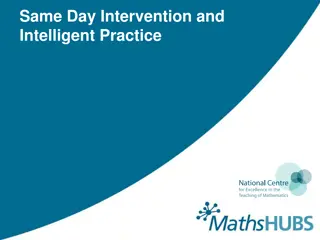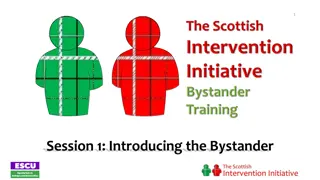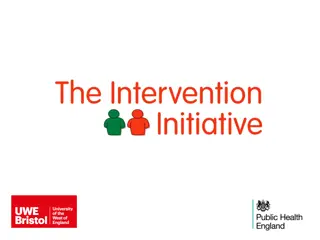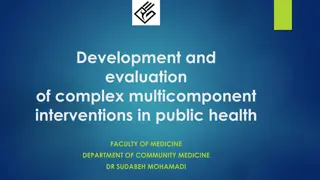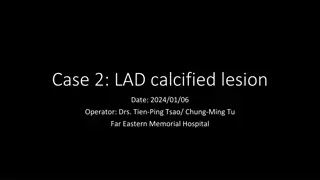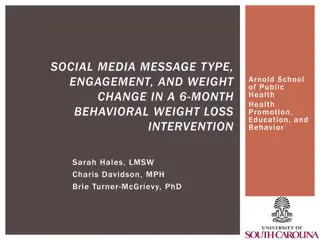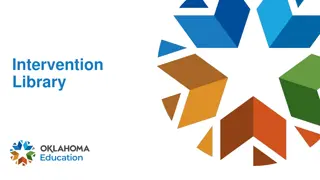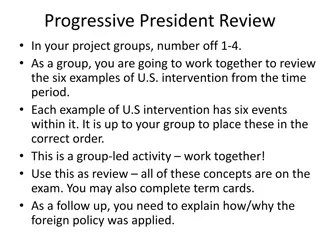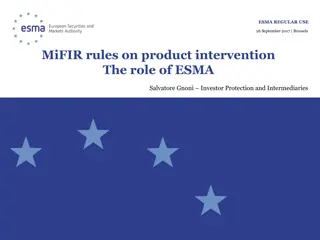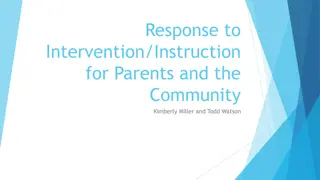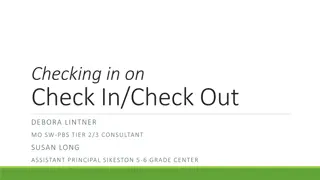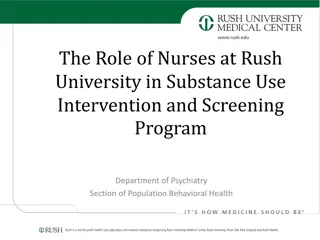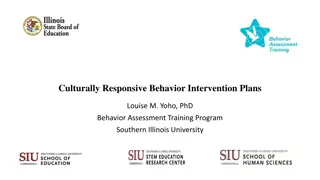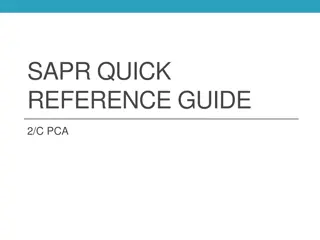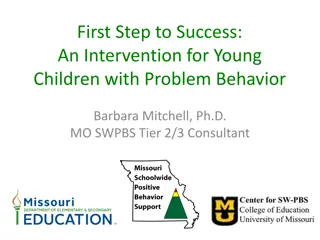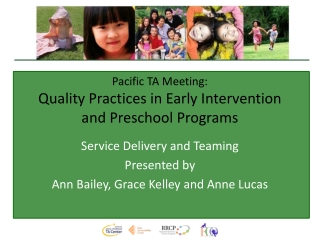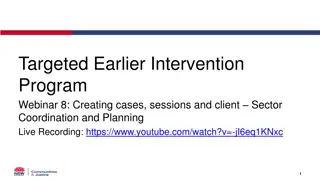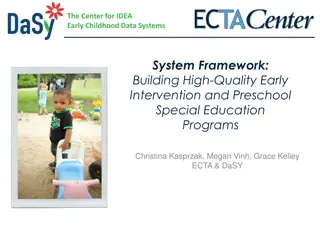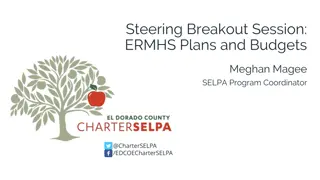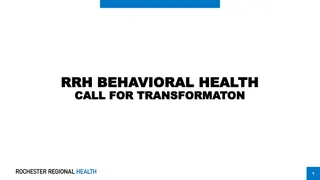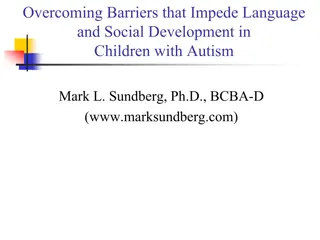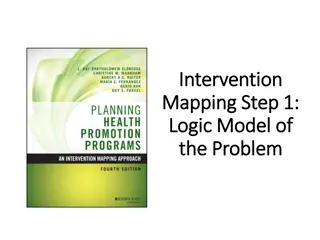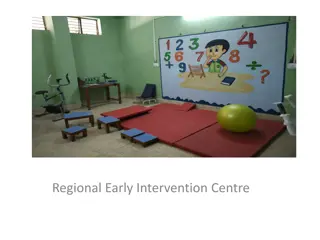Implications of California's AB372 on Batterer Intervention Programs
AB372 in California impacts domestic violence programming by providing flexibility in treatment alignment based on batterers' risk levels and introducing evidence-based correctional practices. Risk assessments, comprehensive curricula, and variable treatment durations tailored to risk levels are key features. The program aims to enhance offender accountability and reduce recidivism by addressing static and dynamic risk factors, such as anti-social patterns and substance abuse.
Download Presentation

Please find below an Image/Link to download the presentation.
The content on the website is provided AS IS for your information and personal use only. It may not be sold, licensed, or shared on other websites without obtaining consent from the author. Download presentation by click this link. If you encounter any issues during the download, it is possible that the publisher has removed the file from their server.
E N D
Presentation Transcript
BUILDING A PATH FOR BATTERER INTERVENTION PROGRAM EVALUATION: IMPLICATIONS OF CALIFORNIA'S ASSEMBLY BILL 372 Kevin O Connell Mike Wilson
OVERVIEW How does AB372 change programming for Domestic Violence in California? What kind of data collections and analysis will lead to insights on impact? What is the State of the research on Batterers Intervention Programs (BIPs)?
HOW DOES AB372 IMPACT DV PROGRAMMING? Gives 6* pilot counties the flexibility to align DV treatment with batterers risk level 1. Risk assessment performed 2. Refer to programs based on risk 3. Programs are evidence based or theory based 4. Programs have comprehensive curriculum and outlines a treatment approach 5. Variable time in treatment based on risk assessment *Napa, Sacramento, San Luis Obispo, Santa Barbara, Santa Clara, Santa Cruz
AB372 GIVES PROBATION SOMETHING MORE ALIGNED WITH EVIDENCE BASED CORRECTIONAL PRACTICES General Risk Assessment LS-CMI CAIS COMPAS DV Specific Risk Assessment ODARA Case Management Planning Develop supervision and treatment plan based on risk and needs Referral to Services/Dosage Based on Risk High Medium Low Swift and Certain Responses to Violations Ensure consistent response to incidents that aren t new crimes or related to victim safety
HOW IS RISK NEEDS RESPONSIVITY(RNR) HELPFUL FOR OFFENDERS IN BIP S? Static Risk/Needs Assessment for New Crimes Dynamic Needs 1. Anti-Social Personality Pattern Recidivism Rate by Risk Level (Example) 45% 40% 2. Anti-social Attitudes 40% 35% 35% 3. Anti-Social Peers 30% 25% 4. Substance Abuse 20% 20% 15% 15% 5. Poor Family/Marital Relationships 10% 10% 5% 6. School Work 0% Low Low Moderate Moderate High 7. Recreational Activities Moderate High
WHEN ITS PARED WITH A DV SPECIFIC TOOL, PROBATION GETS A FULLER PICTURE Example ODARA Items ODARA Recidivism Rates 74% 80% Prior Assault for DV or in general 70% Prior jail sentence 60% 53% 50% Failure of conditional release or restraining order Percent 39% 34% 40% 30% 21% 20% 17% Multiple indicators of Substance Abuse 20% 14% 13% 9% 6% 10% 0% 0 1 2 3 4 5-6 7-13 Axis Title % of Assessments % who recidivate
HOW ARE COUNTIES CHANGING PRACTICE FOR AB372 Risk Based Programming Dosage Varied Treatment Approaches DV Curriculum delivered in groups and online County High Risk Medium Risk Low Risk University of Cincinnati Core Correctional Practices for DV A 52 Weeks 26 Weeks 26 Weeks Front loading behavioral health before DV program starts B 52 weeks 52 weeks 26 Weeks Mental health/Cognitive based treatment options C 52 Weeks 26 weeks Online D 26 Weeks + treatment 26 weeks Online
PROFILES FROM A 2008 MULTICOUNTY STUDY OF 100+ BIPS IN CALIFORNIA Completion rates: 55% Re-offense rates within 12 months of program enrollment New offense: 40% DV offense 19% Demography 39% live with victim, 33% live with children 78% made less than $25,000 per year 40% were unemployed 50% had prior drug arrests Macleod et al, Batterer Intervention Systems in California: An Evaluation, Judicial Council of California, 2008
GOOD QUALITY EVALUATIONS ARE NEEDED FOR GOOD POLICY AROUND DOMESTIC VIOLENCE PROGRAMS What does that entail? Relevance of data and objectives Validity and reliability of data collection Validity and reliability of analysis Differentiate impact from effectiveness Create high quality evaluations that can quantify an intervention s impact
WHAT ARE SOME POSSIBLE RESEARCH AND EVALUATION QUESTIONS FOR AB372? Are batterers intervention systems effective at avoiding re- victimization? Do victims observe changes in offender behavior or communication? Process Programming What kind of interventions change offender attitudes and behavior? Dosage How much treatment dosage is needed for a BIP to be effective? Where do criminogenic risk and needs interact with DV risk assessments? Assessment Decision Making Frameworks What types of decision-making frameworks can help to streamline services and dosage needs? Does the ability to pay impact program success? Do other victim-offender dynamics impact success or case management? Socio-economics
SO HOW DO WE PREPARE COUNTIES?* Assist pilot counties in developing tools and approaches Create common definitions Develop a streamlined analysis and reporting approach *Blue Shield Grant (Through Dec 31, 2019)
PURPOSE OF MEASURING RECIDIVISM Provides a measure of harm to victims Provides a measure of future system involvement Used to evaluate the impact of interventions on victims and offenders Can be used as part of a cost-benefit analysis
RECIDIVISM EXAMPLE FROM WASHINGTON Type of measures: New charge and new conviction Felony or misdemeanor DV or non-DV Current or prior DV offenders are much more likely to recidivate They are also more likely to recidivate for a DV related offense
AB 372 RECIDIVISM TOOL Recidivism defined by AB 372 Features of the tool Restraining order Measures recidivism as defined by AB 372 Arrest Measures the crime type (DV/non- DV or felony/misdemeanor) Conviction While in the program Measures the overall volume or number of recidivating events Six months following program completion
DOMESTIC VIOLENCE RECIDIVISM TOOL EXAMPLE County X Domestic Violence Recidivism Rates Reconvictions within 12 Months of Starting Probation, by Crime Type 45% 40% 35% 30% DV, 21.9% Non-DV Felony, 25.8% 25% 20% 15% Non-DV Misdemeanor, 52.3% 10% 5% 0% Time of Program Completion Six Months After Program Completion 12 Months Following the Start of Probation Violation of Restraining Order Arrest Conviction
CRIMINAL JUSTICE: OUTCOME EVALUATION OF PROGRAMS
ROBUST RESEARCH-BASE OF JUSTICE PROGRAMS Washington State Institute for Public Policy (WSIPP) Meta-analysis of criminal justice program Cost-benefit results Analyzed over 50 adult criminal justice programs Crime Solutions clearinghouse Reviewed nearly 700 interventions
USING RESEARCH IN CALIFORNIA COUNTIES Eleven California counties are using this approach to match their programs to the evidence and estimating the costs and benefits of those programs Santa Barbara example: Unfortunately there currently is a lack of evidence around DV programming
DOMESTIC VIOLENCE: OUTCOME EVALUATION OF PROGRAMS
FINDINGS FROM DV PROGRAM EVALUATIONS 2014 meta-analysis of 11 rigorous evaluations Six evaluations of Duluth-like treatments Found no effect on recidivism Five evaluations of non-Duluth treatments Found significant reductions in recidivism However, the programs were so diverse they could not identify a specific intervention to recommend
FINDINGS FROM DV PROGRAM EVALUATIONS More recent meta-analysis of DV treatment courts show promising results General recidivism is reduced by 5.7% DV recidivism is reduced by 2.8% Iowa s ACTV (Achieving Change Through Values-Based Behavior) Significantly fewer new charges and DV charges while in the program Significantly fewer charges within one year of program completion
NEXT STEPS Pilot has just begun, and data collection is in the early stages Framework is in place to collect the data to describe and evaluate county programs Need additional support for outcome evaluations to determine if the pilot is working to reduce recidivism Include cost-benefit results for counties with an outcome evaluation
